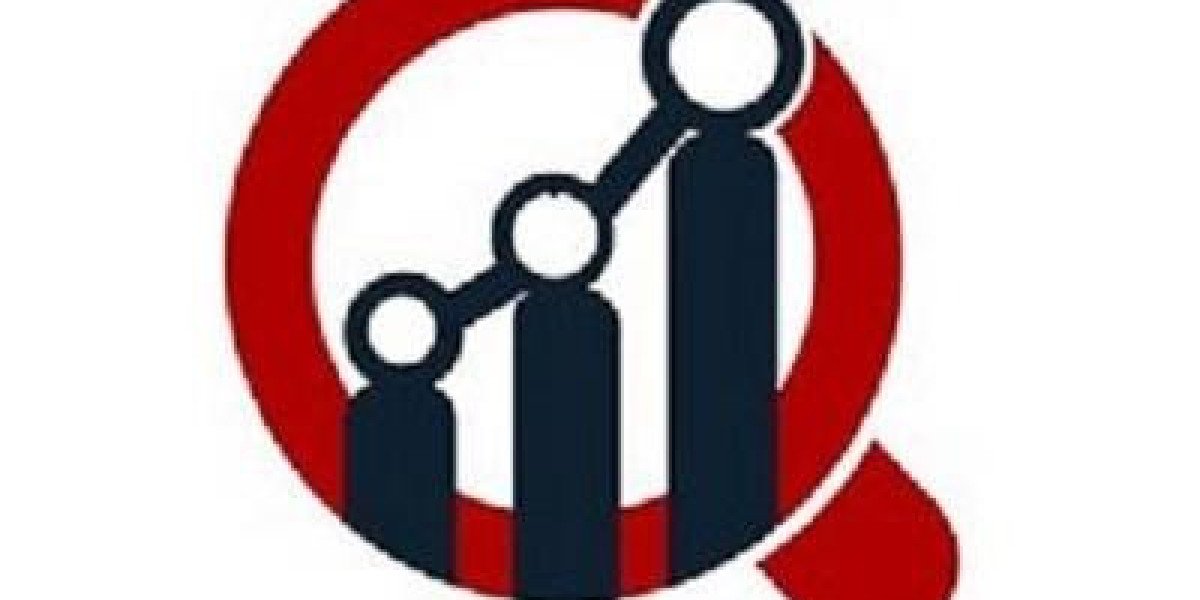Every vehicle on the road is a complex machine made of thousands of individual components, many of which will wear out or fail over time. The Car Spare Parts Market is the massive industry that ensures a replacement is available for every one of those components. As of 2025, in India, this market is a vast and complex network, stretching from the giant component manufacturers in the industrial belts around Pune and Chennai to the small, local parts shop in your neighbourhood. Understanding the different types of parts available in this market is crucial for any car owner who wants to make an informed decision about their vehicle's health.
The Three Tiers of Spare Parts
When you need to replace a part on your car, you will generally encounter three main categories:
OEM (Original Equipment Manufacturer):
What it is: This is the "genuine" part, sold in the car brand's own packaging (e.g., a box with a Maruti Suzuki or Tata Motors logo). It is identical to the part your car was fitted with at the factory.
Pros: Guaranteed to be the correct fit and to meet the manufacturer's quality standards.
Cons: It is almost always the most expensive option.
OES (Original Equipment Supplier):
What it is: This is the "secret" of the smart buyer. An OES part is made by the very same company that makes the genuine OEM part, but it is sold in the component manufacturer's own box (e.g., a Bosch box instead of a Volkswagen box).
Pros: It offers the exact same quality and fit as the OEM part but is usually significantly cheaper.
Cons: It can sometimes be harder to identify the correct OES for a specific part.
Aftermarket:
What it is: This is a replacement part made by a company that is not the original supplier to the car manufacturer. The quality can vary widely.
Pros: It is the most affordable option, often costing a fraction of the OEM price.
Cons: The quality can range from excellent (from reputable aftermarket brands) to very poor. There is also a risk of counterfeit parts in the unorganized market.
The Organized vs. Unorganized Market In India, where you buy the part is as important as what you buy.
The Organized Market (authorized dealers, reputable online platforms) primarily deals in OEM and high-quality OES/aftermarket parts, offering a guarantee of authenticity.
The Unorganized Market (local, independent parts shops) is a mix of everything. While many offer genuine parts, it is also where there is a higher risk of encountering counterfeit or low-quality components. This is why a growing number of consumers are shifting their purchases to the organized and digital sectors.
Frequently Asked Questions (FAQ)
Q1: What is the difference between an OEM and OES spare part? A1: An OEM part is the genuine part from the car brand. An OES part is made by the same company that makes the OEM part, but sold in its own packaging. It's the same quality, just cheaper. For example, Bosch might be the OES for the fuel pump in your car.
Q2: Are aftermarket parts safe to use? A2: It depends on the brand. Parts from reputable, well-known aftermarket brands are perfectly safe and offer great value. However, cheap, unbranded, or counterfeit parts from the unorganized market can be of very poor quality and could compromise your vehicle's safety.
Q3: Where is the best place to buy genuine spare parts? A3: The safest places to buy guaranteed genuine parts are at the authorized dealership for your car brand or through a reputable, specialized online e-commerce platform that guarantees authenticity.
More Related Report
Air Filter For Automotive Market Size




